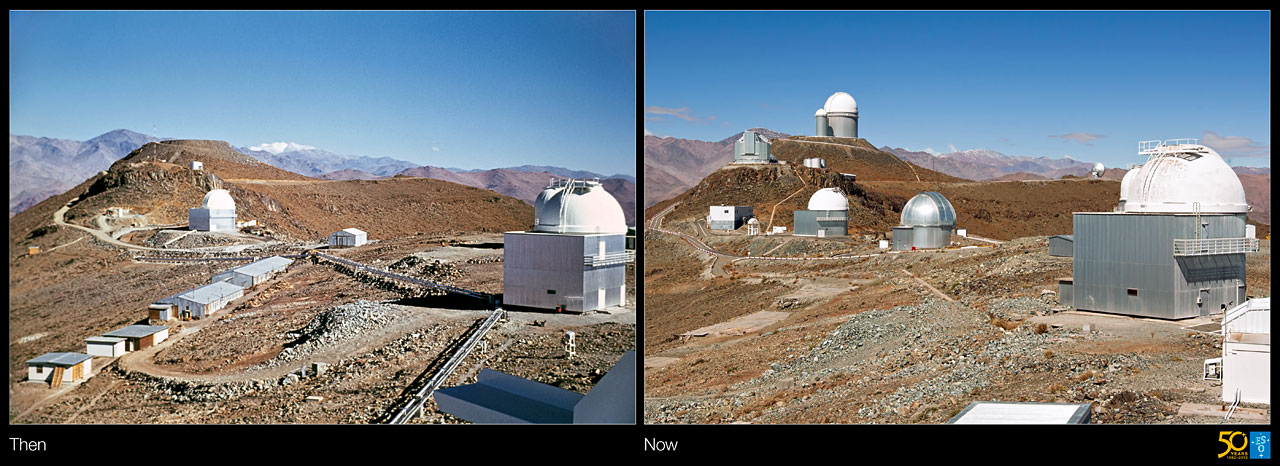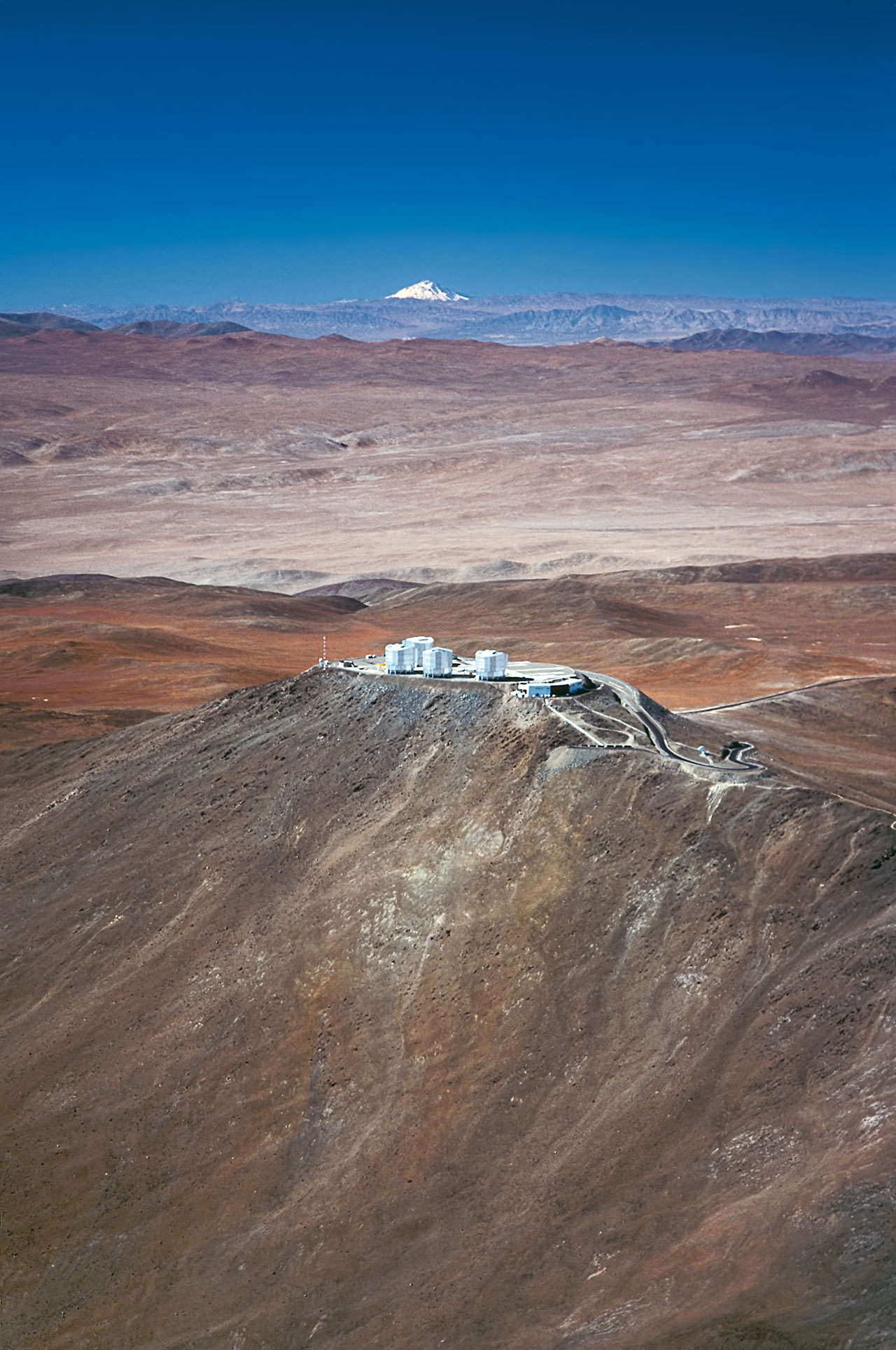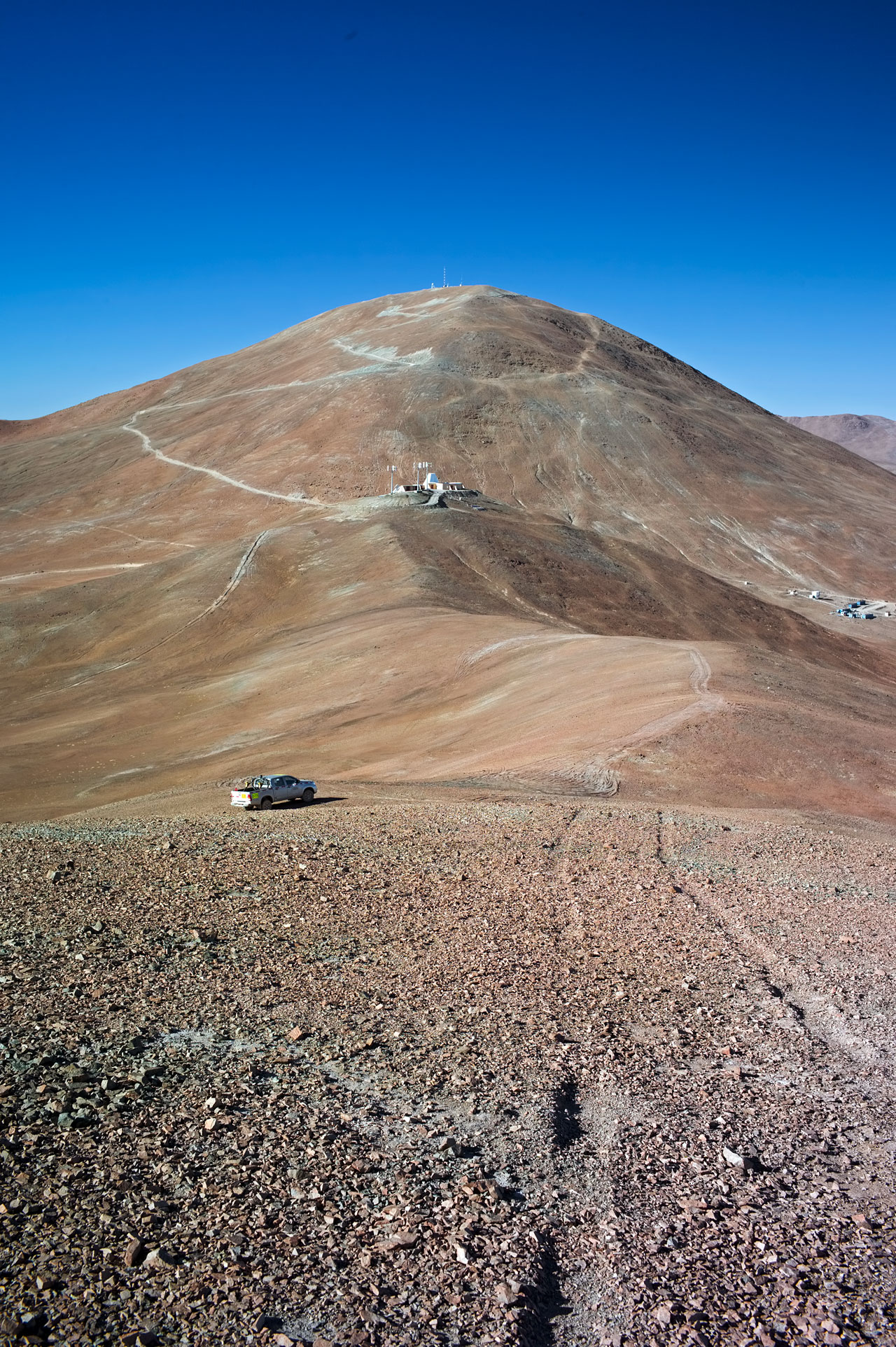|
ESO: Seit Mitte 2008 ist Österreich beigetreten.
Die heutigen (zusätzlichen) Einrichtungen sind:
Die Pläne für die nächste Zukunft umfassen vor allem das E-ELT welches am Cerro Armazones (3 060 m.ü.M, 22 km östlich des bestehenden Observatoriums am Cerro Paranal) errichtet wird. Derzeit ist der Standort in Vorbereitung für die Baustelle.
Darüber hinaus ist sowohl die ESO wie auch die österreichische Community daran intressiert, Aufträge an österreichische Firmen zu vergeben. Ausschreibungen dazu werden derzeit über die ESO Seiten Wirtschaftskammer Österreich (WKÖ) abgewickelt. |
 | ESO Aktivitäten (In-Kind Projekte, FWF P26130 und Software) in Innsbruck | |

Finanziert durch:    |
| © 2011-2014 Stefan Kimeswenger - Institut für Astro- und Teilchenphysik Innsbruck, Austria |



 (c) ESO
(c) ESO